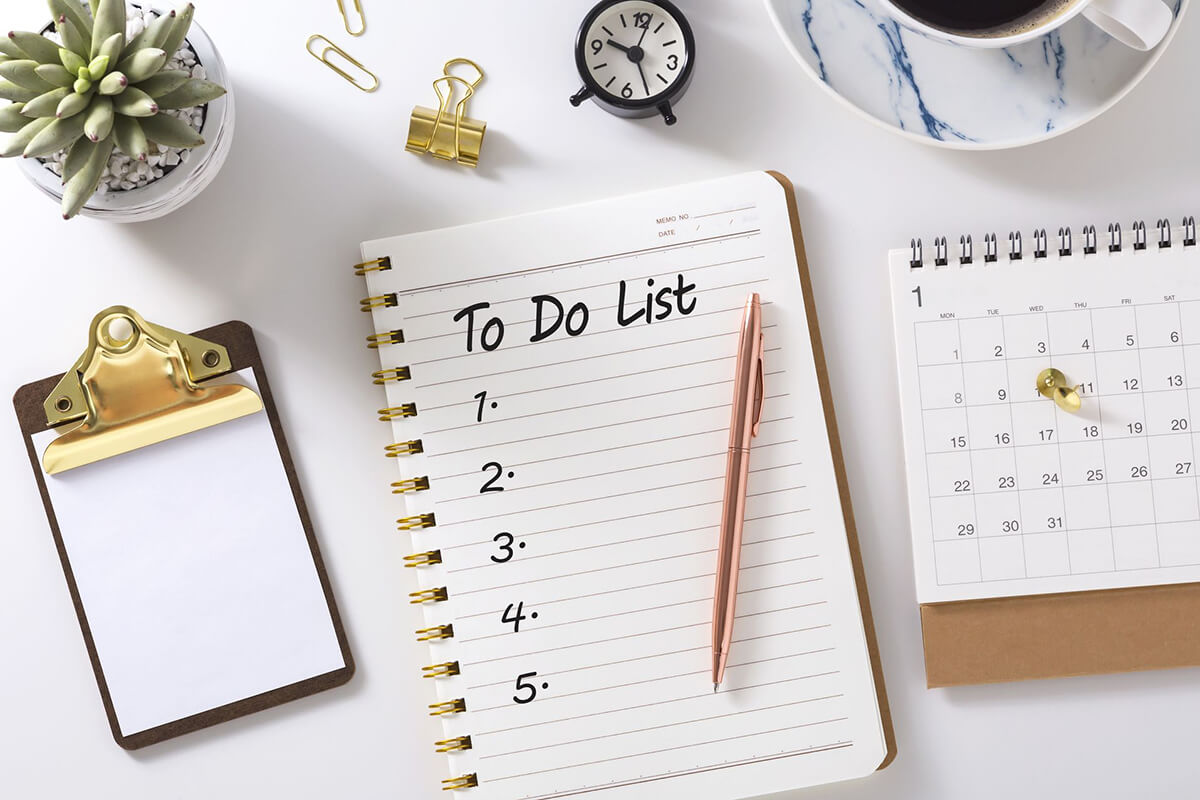Moving to a new home can be exciting, but it can also feel overwhelming with all the tasks involved, such as packing, hiring movers, and changing your address. But don’t worry! Planning your move doesn’t have to take weeks. With a little focus, you can plan everything in just five minutes. This guide will help you break down the process so you can start your move on the right track and keep it stress-free.
1. Define Your Moving Goal
Before jumping into the logistics of the move, take a moment to reflect on the reasons you are moving. This will help clarify your priorities and shape your overall moving strategy. Understanding why you’re moving is essential for setting the tone for your move. Whether it’s for a new job opportunity, a larger home, or a lifestyle change, knowing the purpose behind the move will help guide the rest of your planning process. Additionally, this step will allow you to focus your energy on what matters most for your specific situation.
Key Questions to Ask Yourself:
- Why am I moving? (Job, family, better housing, etc.)
- What is my ideal timeline for this move? (Do I have flexibility?)
- What are the top priorities for me during this move? (Time, cost, convenience)
By answering these questions, you’ll be better equipped to make decisions as you move forward.
2. Set a Moving Date
Now that you have a clear idea of why you’re moving, it’s time to decide when it will happen. Setting a moving date is one of the most important steps to take early on, as it will help create a structure for the rest of the tasks you need to complete.
Pick a specific day or week for your move. Having a set date will help keep you organized and ensure you’re on track with other tasks like hiring movers, packing, and transferring utilities. Consider how much time you need to get everything in order and leave room for unexpected issues.
Tips for Setting a Realistic Date:
- Ideal moving time: If you can, try to schedule your move during off-peak seasons (such as winter) to save on costs and avoid the crowds.
- Buffer time: Leave yourself at least a week or two before the move for packing, notifying services, and handling last-minute tasks.
- Backup plan: Have a contingency plan in case of any unexpected delays.
3. Create a Quick Checklist
Now that you have a moving date in mind, it’s time to create a checklist to keep everything organized. This is where you can break down all the tasks required for your move. You don’t need to plan every single detail right now—just the major steps to make sure you don’t miss anything.
Task Categories for Your Checklist:
- Packing: Gather packing materials, organize boxes by room, and label them.
- Hiring Movers/Truck Rental: Decide whether you will hire professional movers or rent a truck and do it yourself.
- Utilities & Services: Schedule the disconnection of services at your current home and set up new services at your destination.
- Address Change: Notify the post office, banks, and any subscriptions about your new address.
- Cleaning: Clean your old place before you leave and your new place before you move in.
Sample Checklist:
- 4 weeks before moving: Sort and declutter.
- 3 weeks before moving: Book a moving company or truck rental.
- 2 weeks before moving: Begin packing non-essential items.
- 1 week before moving: Pack essentials, change address, confirm details with movers.
Having a visual checklist will help you stay on top of your moving process.
4. Gather Help and Resources
Once you have a clear idea of your timeline and tasks, you’ll need to figure out what help and resources you’ll need. Do you want to hire movers? Or are you comfortable handling the move yourself with help from friends and family? This will impact your budget, timeline, and overall stress levels.
Help You Might Need:
- Professional Movers: Hiring movers can ease the stress, but it comes at a cost. Research moving companies in advance and read reviews to find one that fits your needs.
- Truck Rental: If you’re planning a DIY move, renting a moving truck is essential. Make sure to reserve the truck in advance and pick one that fits the size of your belongings.
- Packing Help: Whether you ask family or hire a packing service, having an extra set of hands can make the packing process faster and less stressful.
Other Resources to Consider:
- Packing Supplies: Boxes, packing tape, bubble wrap, and protective sheets are all essential. Some moving companies even sell or provide packing materials.
- Storage Options: If your new home isn’t ready yet or you have too many things, consider renting a storage unit for short-term use.
5. Organize Your Packing
Now that you’ve set a timeline and gathered help, it’s time to dive into the packing process. Packing is one of the most time-consuming aspects of moving, but with the right approach, you can make it more manageable:
- Start Early: Don’t wait until the week before your move to start packing. Begin with non-essential items, such as seasonal clothing, books, and decorative items.
- Categorize Your Items: Group similar items together to make packing easier. For example, keep kitchenware in one box and clothing in another.
- Label Everything: Label each box by its contents and the room it belongs in. This will make unpacking much faster.
- Use the Right Packing Materials: Don’t skimp on packing materials. Protect fragile items with bubble wrap or packing paper and pack heavier items in smaller boxes to prevent injury.
Pro Packing Tips:
- Use Clothes as Padding: Wrap breakables in soft clothing items, like sweaters or blankets, to save on bubble wrap.
- Color-Coding: Use different colored tape or markers for boxes going to different rooms. This will make it easier to unload everything.
Packing is a huge task, but breaking it down into smaller chunks makes it easier to handle.
6. Budget for the Move
Moving isn’t free. Whether you’re hiring movers, renting a truck, or buying supplies, the costs can add up quickly. It’s important to set a budget to avoid any financial surprises:
- Truck Rental or Movers: This will likely be your largest expense. Get quotes from a few moving companies and compare prices.
- Packing Supplies: Consider the cost of boxes, tape, bubble wrap, and other materials.
- Utility Transfers: There may be fees for transferring services like electricity, gas, and internet.
- Cleaning Supplies: You may need to purchase cleaning products for your old home and new one.
If you’re on a tight budget, try to minimize costs by packing and moving yourself with the help of friends and family. However, hiring professionals can save you time and effort, which might be worth the additional expense.
7. Update Your Address and Notify Contacts
One of the most critical tasks you must not forget is updating your address with key institutions and services. This ensures you continue to receive important mail and avoid any disruptions in services.
Who to Notify:
- Postal Service: Fill out a change of address form with your local post office so your mail gets forwarded to your new home.
- Banks and Creditors: Update your address with your bank, credit card companies, and loan providers.
- Insurance Providers: Inform your home and car insurance companies of your new address.
- Utilities: Schedule the disconnection of utilities at your old home and set up new ones for your new place.
Make a list of all the services and institutions you need to notify of your move. Keep this list handy, so you don’t miss anyone important.
8. Pack an Essentials Box
On moving day, you’ll want easy access to important items. This is where packing an essentials box comes in handy. This box should contain everything you’ll need on the first day or two in your new home.
Essentials to Include:
- Toiletries (toothbrush, soap, toilet paper).
- Medications or medical supplies.
- Important documents (IDs, insurance papers).
- Electronics chargers and batteries.
- A few basic kitchen items (like a coffee maker, plates, or silverware).
By packing an essentials box, you won’t have to dig through all your boxes for things you need right away.
9. Stay Flexible and Calm
Finally, no matter how well you plan, moving can sometimes be unpredictable. Be prepared for things not to always go as planned, whether it’s a delay with the movers or a last-minute hiccup with your new place:
- Break tasks into smaller steps: Tackle one task at a time to avoid feeling overwhelmed.
- Ask for help: Don’t hesitate to lean on friends and family if you need extra hands.
- Take breaks: Moving is stressful, so take short breaks to recharge.
Planning a move in five minutes may sound impossible, but it’s completely doable with the right approach. By taking small, organized steps from setting your moving goal to organizing your packing, you can ensure a smooth and successful move. With the right planning and mindset, your next move can be a hassle-free experience.












